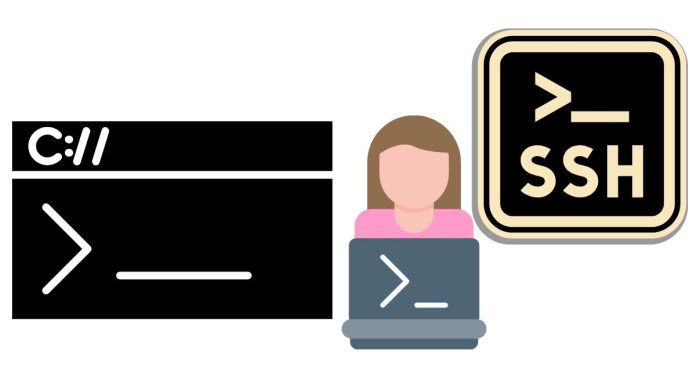The chgrp command in Linux is used to change the group ownership of a file or directory. It allows you to assign a new group to a file or directory, and only users who are part of the target group can have certain access permissions, depending on the file’s permission settings.
Basic Syntax:
chgrp [OPTIONS] GROUP FILE...
GROUP: The group to which you want to assign the file.FILE: The file or directory whose group ownership you want to change.
Examples:
- Change the group of a file:
Suppose you have a file named
example.txtand want to change its group ownership to the groupstaff.chgrp staff example.txtThis will change the group of
example.txttostaff. - Change the group of multiple files:
If you want to change the group ownership of multiple files, you can provide a list of files:
chgrp staff file1.txt file2.txt file3.txtThis will change the group of all three files (
file1.txt,file2.txt, andfile3.txt) tostaff. - Change the group of a directory:
If you want to change the group ownership of a directory, you can do it like this:
chgrp admin mydirThis will change the group of the directory
mydirtoadmin. - Change the group of a directory and its contents recursively:
If you want to change the group of a directory and all its files and subdirectories, use the
-R(recursive) option:chgrp -R admin mydirThis will change the group ownership of
mydirand all files and subdirectories insidemydirtoadmin. - Using
chgrpwith symbolic links:The
chgrpcommand can also be used on symbolic links. However, it changes the group of the link itself, not the target file. For example:chgrp staff symlinkThis will change the group ownership of
symlinktostaff, not the file that the symlink points to. - Verbose mode:
If you want to see the changes being made, you can use the
-voption (verbose):chgrp -v staff example.txtThis will output a message indicating the group ownership change.
- Force group change (if you have permissions):
If you want to override group changes when there are permission issues, you can use the
-foption. This suppresses error messages.chgrp -f staff example.txt
Important Notes:
- You must have the necessary permissions to change the group of a file. Typically, only the owner of the file or a superuser (root) can change the group.
- The group must exist on the system. You can check the existing groups with the
groupscommand or look in the/etc/groupfile.
Conclusion:
The chgrp command is a useful tool for managing file and directory group ownership, which is especially important for managing file permissions in multi-user environments.


